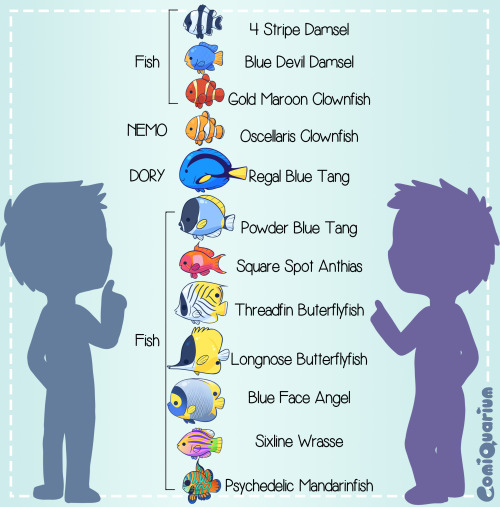#wrasse
Newly discovered rainbow-colored fish lives in the ocean’s ‘twilight zone’
Wake up babe, new fish dropped.
When feeding, a slingjaw wrasse will extend its upper and lower jaws outwards. The elongated mouth then acts as a straw to suck up prey items.
Image credit: Jason Isley
Post link
I’ve been having a lot of headaches due to all the time I have been spending on the screen during the pandemic. This has made it hard to do digital art.
Instead have a traditional drawing of a male ornate (or peacock) wrasse, Thalassoma pavo.
This was my favorite fish to encounter while snorkeling in Lebanon. In Arabic it is known as the “bridefish,” but its reproductive strategy is more unusual than that name suggests. A single male lives in a group with a harem of females, but all of the wrasse are born female. When the lead male dies, the dominant female transforms into a male to lead the shoal. This makes them sequential hermaphrodites.
They are typically found over rocks that are covered in coralline algae and red, brown, and green seaweed, so their bright magenta, turquoise, and spring green colors don’t stand out as obviously as one might expect. They swim by flapping their pectoral fins, flitting about the rocks like butterflies. They sleep at night buried in the sand.
The female is similar in color to the male, but has brown patches and black spots in place of the male’s red-edged body scales.
Post link

Blue-spotted Wrasse
Anampses caeruleopunctatus.
SciArt from the Journal des Museum Godeffroy, Bd. 4, Heft. 11, 13, 15 (1876-1881).
View more in the Biodiversity Heritage Library (@biodivlibrary) with thanks to the Library and Archives of the Natural History Museum, London for digitizing.




